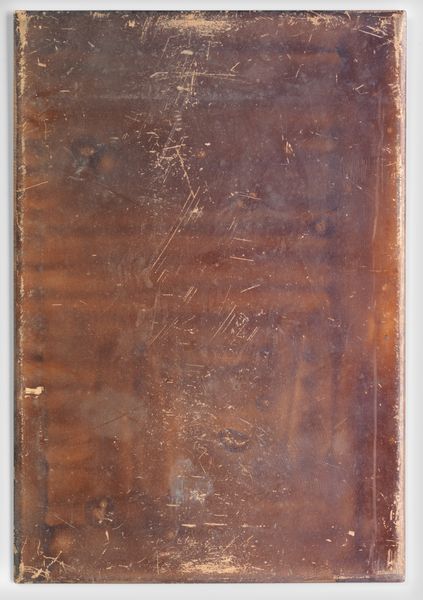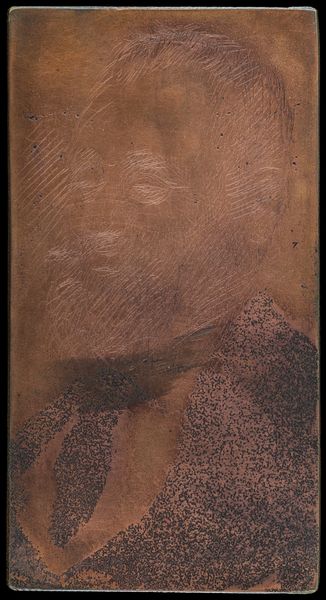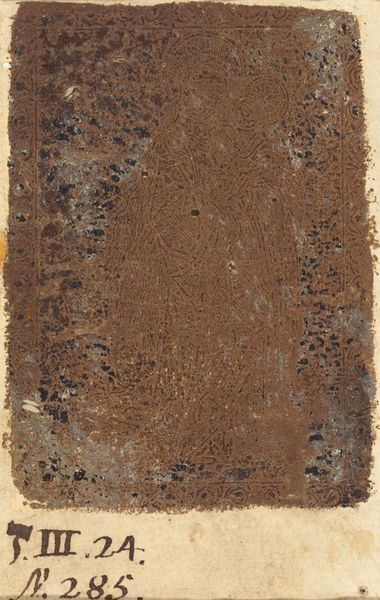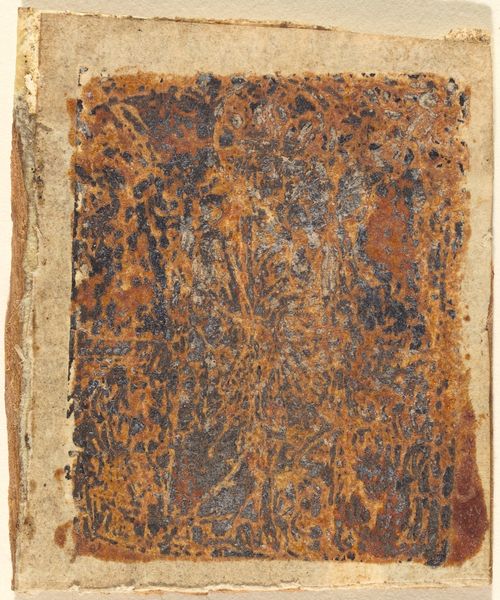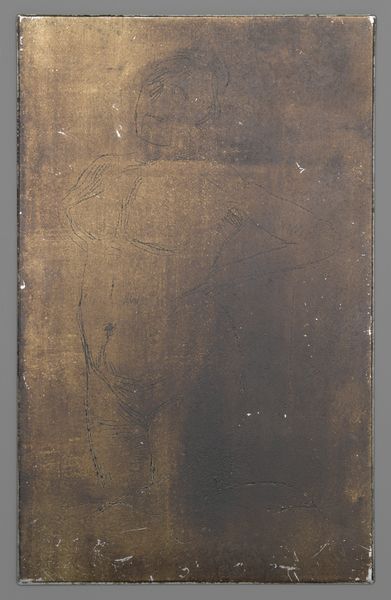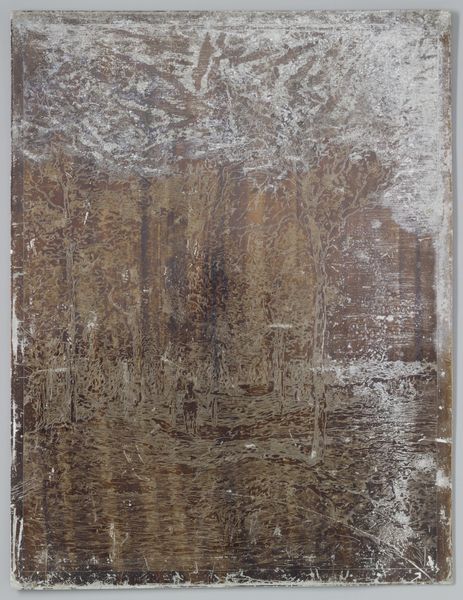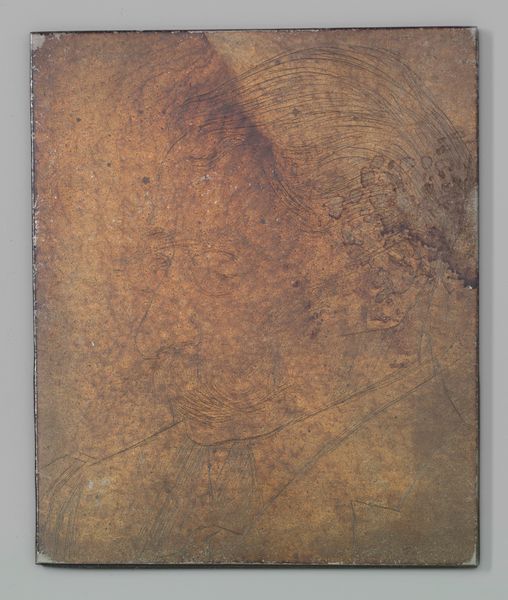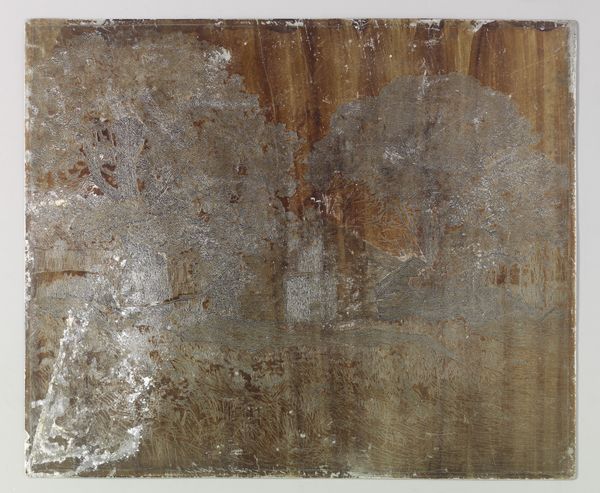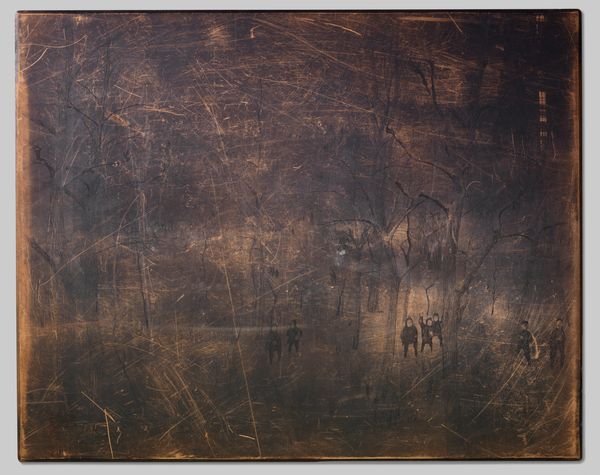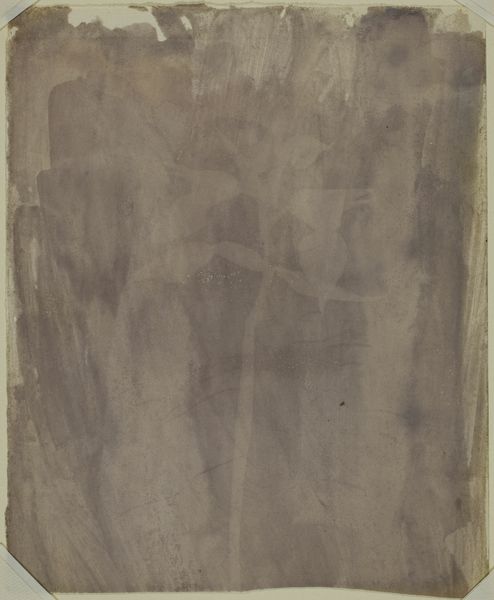
photography, gelatin-silver-print
#
portrait
#
water colours
#
dutch-golden-age
#
impressionism
#
photography
#
gelatin-silver-print
Dimensions: height 169 mm, width 126 mm
Copyright: Rijks Museum: Open Domain
Willem Witsen made this portrait of Dr. Jacob Christiaan Muller sometime before 1923. It’s an albumen print, an early photographic process prized for its fine detail. Photography in the late 19th and early 20th centuries wasn’t just about capturing a likeness; it was deeply intertwined with social status. For the bourgeoisie, a photographic portrait became a symbol of respectability and achievement. The sitter’s pose, the lighting, even the backdrop, were all carefully chosen to convey a sense of dignity and success. Witsen, who moved in literary and artistic circles in Amsterdam, understood the importance of these visual cues. But he may also have been aware of how such codes were used to exclude those outside the circle of social elites. To truly understand this image, we need to delve into the visual culture of the Netherlands at the time and to examine the institutional structures that promoted certain forms of art and representation over others. Only then can we fully appreciate the complex interplay of social forces that shaped this seemingly simple portrait.
Comments
No comments
Be the first to comment and join the conversation on the ultimate creative platform.
